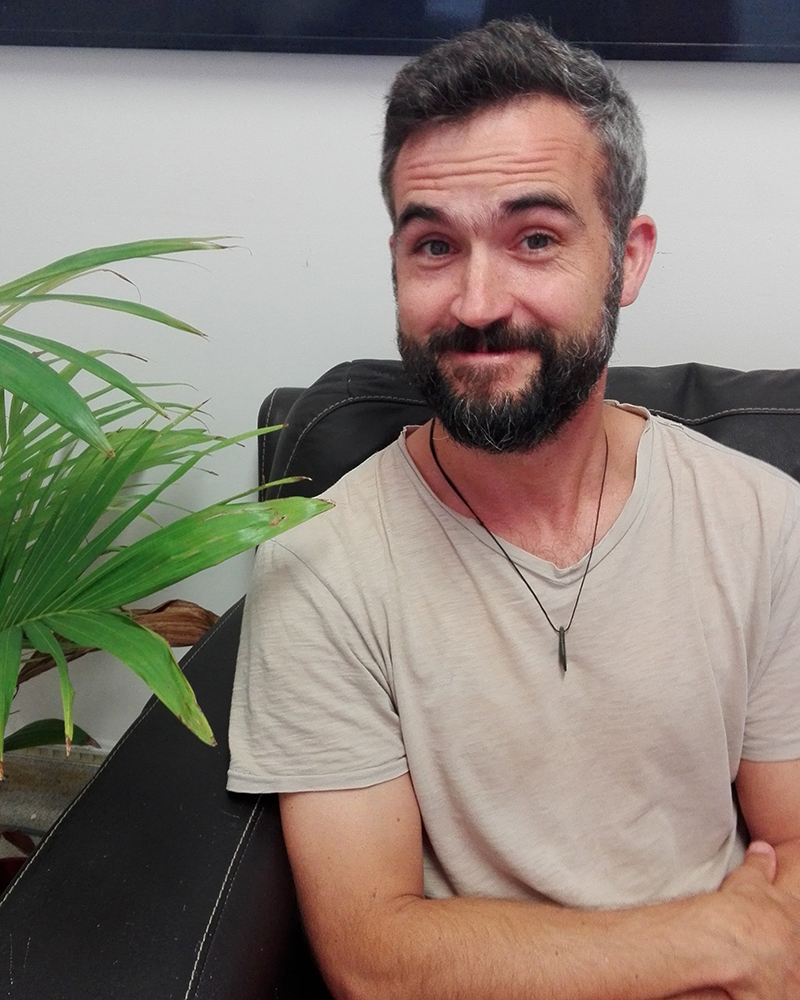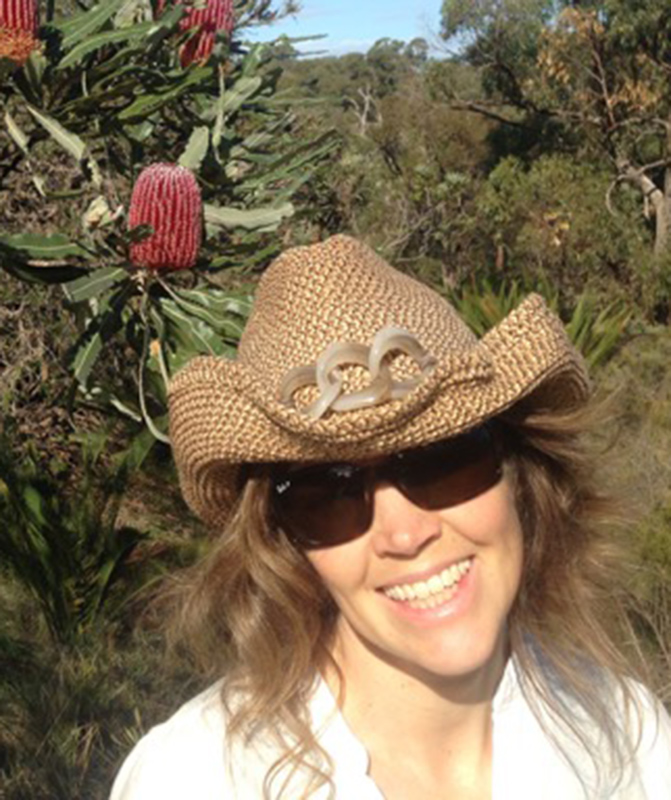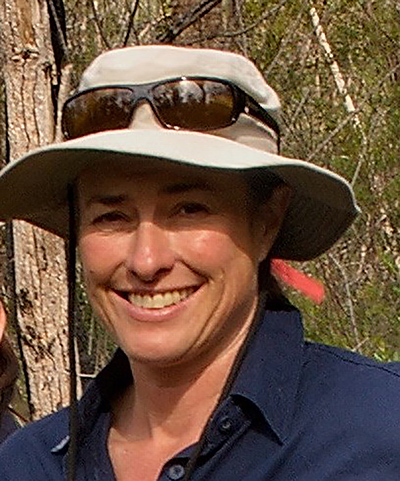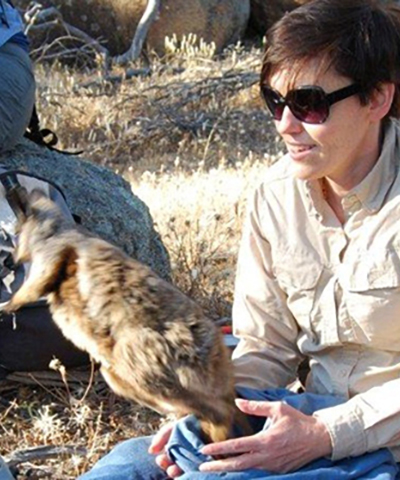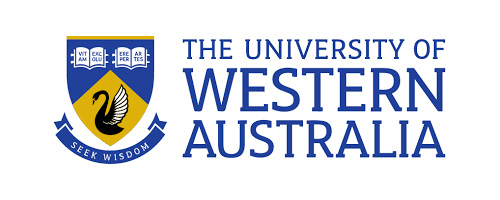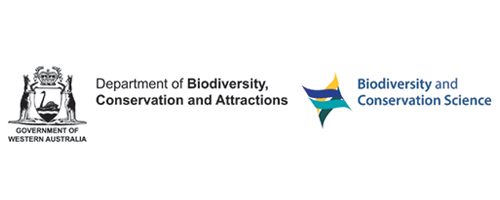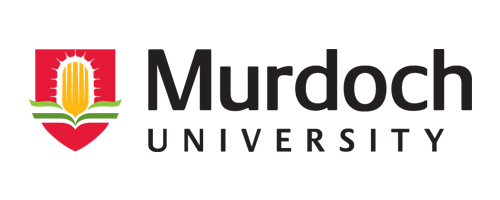
Project: 4.1.8
Understanding genomic variation in the western ringtail possum for adaptive conservation
Project Leaders: Daniel White
Research in Brief
The western ringtail possum is Critically Endangered. It faces numerous threats that have resulted in highly fragmented populations, including habitat loss, predation by introduced predators and climate change in the south-west of Australia. It is vital to understand genetic variation among these remnant western ringtail possum populations and to incorporate this knowledge into recovery efforts before genetic variability is lost.
This project will assess genomic variation across the range of the possum to: 1) determine whether there are genetically distinct and evolutionarily significant lineages of the western ringtail possum; 2) assess the impact of recent population declines on genetic variation; 3) seek evidence of local adaptation to forest type, diet and/or climate; and 4) calculate the survival probabilities of current populations.
Why is the research needed?
Threats to the western ringtail possum include habitat destruction and fragmentation, predation from introduced predators (cats, foxes and dogs), altered fire regimes and changes to habitat and resources due to climate change. Substantial declines across the species’ distribution have led to a 90% reduction of some populations.
The full range of causes are unclear. Many translocations have so far been unsuccessful. Comprehensive genetic information is needed to effectively manage the species’ conservation and recovery. For example, the number of distinct genetic lineages within the species is currently unknown, which means that important evolutionary lineages could be lost before they are even described. Further, the possum has three management zones (South Coast, Southern Forests and Swan Coastal Plain), but it is also not known whether this has led to local adaption. This information will be of critical importance to enhance the success of salvage or conservation translocations for this species.

Western ringtail possum. Photo: A Wayne
How can the research help?
Our research will describe genetic diversity within the entire species and will define the genetically distinct groups across the remnant western ringtail possum range. This will establish which populations have low or high genetic diversity, and if any populations are at risk of inbreeding.
Along with life history parameters, we will use the neutral genetic variation we describe to populate population viability analysis models. These will predict the survival probabilities of current populations, and how best to manage those populations to maximise the retention of genetic diversity into the future.
We are particularly interested in finding any adaptation to local habitats and climates which help us select which populations to source for translocations to increase their chance of success, and identify whether some populations should not be mixed.
Last but not least, we aim to develop a non-invasive approach to genetic sampling western ringtail possums for population monitoring purposes by, for example, collecting scats, which would be a game-changer for this notoriously shy, nocturnal marsupial.
What research activities are being undertaken?
Obtaining a comprehensive representation of the genetic variation in the remnant range of the western ringtail possum is key to the success of this project. Populations needing additional sampling will be identified, and non-invasive sampling will be optimised.
All samples will be prepared for ‘next generation’ sequencing, which generates up to hundreds of thousands of genome-wide genetic markers called single nucleotide polymorphisms or SNPs. We then select the SNP markers most useful for our analyses, which will include quantifying population diversity levels, separating genetic lineages and estimating useful population monitoring parameters. We will identify the genomic variation that might have a functional role by mapping DNA sequences to the genomes of related species, and we will look for evidence of adaptation by associating genetic markers with key environmental variables as well as screening for genetic variation that shows anomalous frequency differences between populations.
In addition, we will assess population viability by developing population viability analysis models that predict population growth and risk of extinction. This will allow populations most at risk to be identified and prioritised.
This project aligns closely with the needs of the DBCA and the western ringtail possum recovery team, and we will input our findings directly to their management plans. Further, we are actively engaging Indigenous groups and local conservation groups (via Dr Rochelle Stevens) to form working collaborations, develop understanding of the cultural significance of the work and facilitate the sharing of information.

Western ringtail possum. Photo: DBCA Media
Who is involved?
This project is a collaboration between the University of Western Australia, the Western Australia Department of Biodiversity, Conservation and Attractions (Dr. Adrian Wayne, Sarah Comer and Dr. Kym Ottewell), Western Australian natural resource management groups, and Indigenous groups in the south and south-west of Western Australia. The research team will be working particularly closely with the Western Ringtail Possum Recovery Team. We will also have regular liaison with Threatened Species Recovery Hub Project 6.5, led by Dr Rochelle Stevens, which is focused on the role of citizen science in western ringtail possum conservation.
Where is the research happening?
The genomic research is based at the University of Western Australia, with field work locations including the Busselton-Bunbury region of the Swan Coastal Plain, the southern coast around Albany and a particular focus on the Southern Forest around Manjimup.
When is the research happening?
The project will run from 2019 to mid 2021.
For more information please contact:
Top image: Western ringtail possum. Photo: DBCA Media
